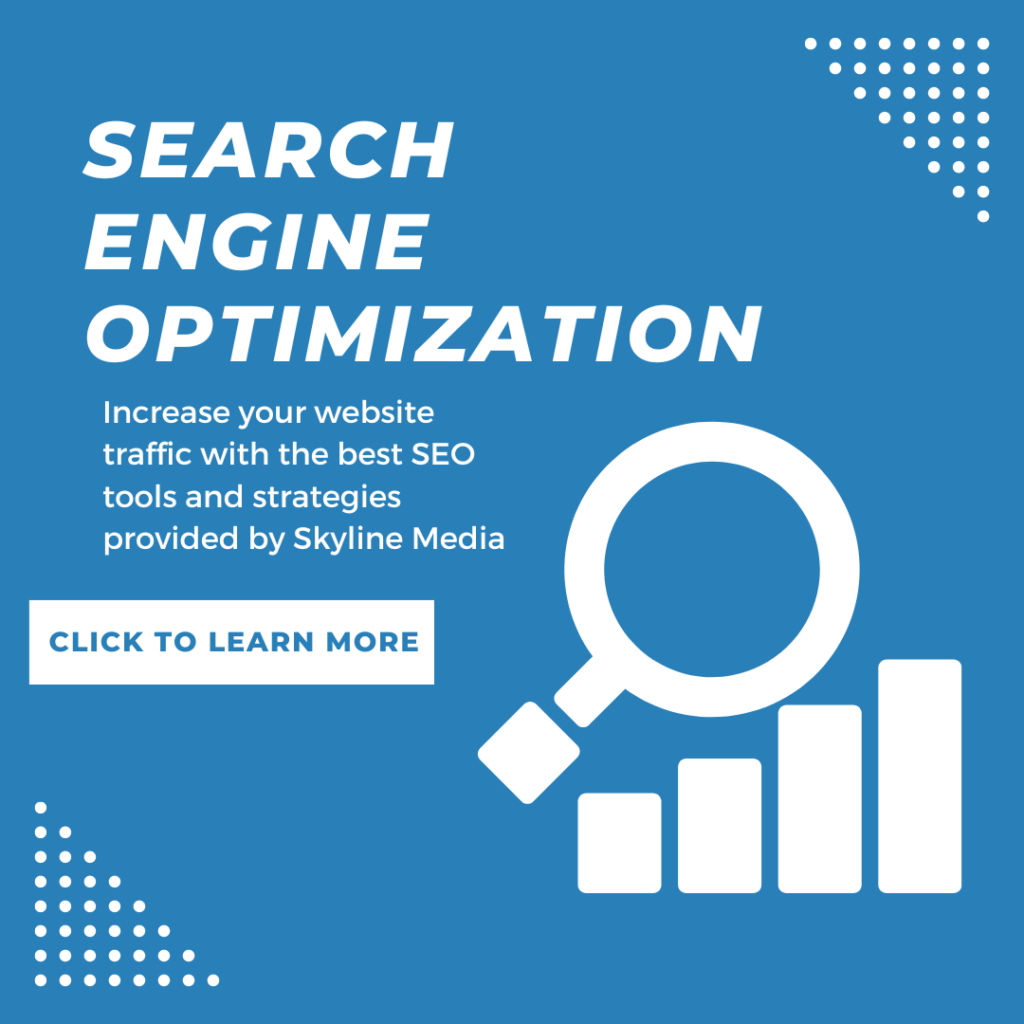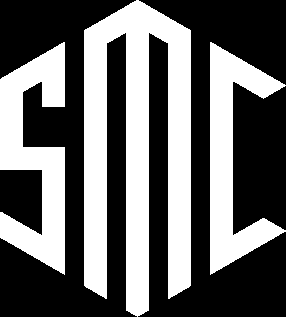
Your SEO page title is often the first impression a potential visitor has of your content. It’s a critical component that can make or break your website’s visibility on search engines like Google. Crafting effective SEO page titles isn’t just about getting clicks—it’s about attracting the right audience, enhancing user experience, and ultimately driving valuable traffic to your site. Let’s dive into our detailed SEO page title best practices that will help you create powerful SEO page titles and SEO title tags, setting the foundation for your website’s growth and visibility.
Why Following SEO Page Title Best Practices Matter

Over 50% of shoppers use Google to discover or find new brands. Following SEO page title best practices will help users and search engines understand what your page is about, helping you rank higher on Google. The first thing the user reads after clicking your site is the SEO page title. If it doesn’t match what the SEO title tag in the search results says, the user can be left confused and will click out, leading to higher bounce rates which will hurt your ranking. For clarity, in this article, we’ll use “SEO page title” to talk about the title on your actual page, and “SEO title tag” when talking about the title in the Google search results.
According to Search Engine Journal, Google uses the SEO page title to find out the content and structure of the page. This information relates directly to page rank. This guide will help you understand how to follow SEO page title best practices to rank higher on Google and other search engine platforms.
Using SEO Page Title Best Practices Should…
- Match User Intent: Ensuring that your page title aligns with the content on your page is crucial. When users find what they expect, they are more likely to stay on your site, reducing bounce rates, and helping you rank higher on Google.
- Improve Click-Through Rates (CTR): A well-crafted SEO title tag can attract more clicks from search engine results, as it clearly communicates the value and relevance of your content.
- Enhance User Experience: Consistent and descriptive page titles help users navigate your site more effectively, leading to a better overall user experience.
SEO Page Title Best Practices
The detailed list below will give you the SEO page title best practices to help you rank higher on Google:
Receive A Full SEO Audit of Your Website
Want to receive a free audit that will tell you if your website is currently set up to be SEO optimized? Click the link and generate one now!
- Include Relevant Keywords
While you don’t want to stuff your page titles with keywords, it’s still a good idea to include your primary keyword and 3-5 secondary keywords. If you can, putting it near the front can help search engines and users figure out what your page is about quickly. As a rule of thumb, include your primary keyword in the H1 and H2 titles, and include it every 150-300 words throughout the page. Tools like Search Atlas, Ubersuggest, and Semrush are all great for keyword research.
Example: If your primary keyword is “Digital Marketing Tips,” an optimized SEO page title could be “Digital Marketing Tips: How to Boost Your Online Presence.” - Choose Keywords That Are Easy to Rank
If you are picking highly competitive keywords, your chances of ranking plummet. Find keywords that have high volume and low competitiveness, and you will see your traffic skyrocket.
Example: Instead of targeting “Digital Marketing,” you might target “Digital Marketing Tips for Small Businesses” as it might have less competition and is more specific. - Write Content That Is Valuable to the User
Search engines aren’t just looking for keywords and backlinks anymore. The thing they care about the most is if the content being put out is valuable. That being said, you should write for the user and not the search engine. Write valuable content that offers something useful to the user reading it and you will rank higher on Google.
Example: If you’re writing about “Healthy Eating Tips,” provide actionable advice, recipes, and insights rather than just keyword-filled fluff. A valuable article might be titled “Healthy Eating Tips: Delicious Recipes and Nutritional Advice for a Better You.” - Longer SEO Page Titles Perform Better
If you’re using competitive keywords, a long headline is often more effective. In fact, according to a Backlinko content study from 2020, 14-17 word headlines bring 76.7% more social shares than short headlines.
Example: Instead of a short title like “Healthy Eating Tips,” a longer, more effective title could be “The Ultimate Guide to Healthy Eating: Tips, Recipes, and Nutritional Advice for a Better You.” - Optimize After Publication
Even changing around a few words can drastically increase how much traffic you get. If you notice certain pages that are underperforming for the keyword you are trying to rank, try optimizing. This could involve tweaking your SEO page title, meta description, or even the content itself to better align with your target keywords.
Example: If your original title is “Healthy Eating Tips,” you might optimize it to “Top 10 Healthy Eating Tips for a Nutritious Lifestyle” to better attract and engage your audience.
Understanding SEO Page Titles and SEO Title Tags
The SEO page title is going to be the first thing that people see after clicking your site. It is a crucial element of your webpage, often displayed at the top of the browser window and in the bookmarks. It is not to be confused with the SEO title tag.
The SEO title tag, on the other hand, is what appears as the clickable headline in the Google search results. When you look at the source of a page (right-click on the page, then choose View Page Source), you find a title in the head section. It looks like this:
<title>This is an example SEO title – Example.com</title>
This is the HTML title tag, also called the SEO title tag. When you look something up in a search engine, you get a list of results that appear as snippets. The part that looks like a headline is the SEO title tag. The SEO title tag usually contains the post title but can include other elements, such as the site name.
Crafting an Effective SEO Title Tag
- Include Primary Keyword: The SEO title tag should have the primary keyword you’re trying to rank for in it. This helps search engines understand the topic of your page and improves your chances of ranking higher on Google.
- Make it Interesting: Craft a title that is interesting enough to get people to click. A compelling SEO title tag can significantly increase your click-through rate (CTR).
Example: If you are writing an article about digital marketing tips, a good SEO title tag might be “Top Digital Marketing Tips for 2024”
Optimizing Your SEO Page Title
The SEO page title should have the H1 tag and should include the primary keyword you are trying to rank for. This helps both search engines and users quickly understand the main topic of your page.
- Use Primary Keyword: Ensure your primary keyword is prominently featured in the H1 tag.
- Enhance User Experience: Write an engaging SEO page title that clearly communicates the value of the content.
Example: For an article on healthy eating, your SEO page title could be “Healthy Eating Tips: How to Improve Your Diet and Lifestyle.”
Incorporating Keywords in Content Marketing
If you’re doing content marketing through blog articles, your primary keyword should also be in your H2 tags and meta description. This helps to reinforce the topic throughout your content, improving its relevance and searchability.
- H2 Tags: Use the primary keyword in your subheadings (H2 tags) to break down the content into easily digestible sections.
- Meta Description: Include the primary keyword in the meta description to summarize your content effectively for search engines and users. The meta description is what is listed in search results below the SEO title tag.
Example: For a blog post about digital marketing strategies, you might have H2 tags like “Effective Digital Marketing Strategies for Small Businesses” and a meta description such as “Discover the best digital marketing strategies to boost your small business’s online presence and attract more customers.”
By understanding the differences between SEO page titles and SEO title tags, you can better optimize both to rank higher on Google. Remember, a well-crafted SEO title tag attracts clicks, while an engaging SEO page title keeps users interested once they land on your page. Incorporate these SEO page title best practices and SEO page description best practices into your content marketing strategy to see improved search engine rankings and user engagement.

Recap
Optimizing your SEO page titles and SEO title tags is crucial for improving your website’s visibility and ranking higher on Google. By understanding the distinctions and best practices associated with each, you can enhance your digital marketing efforts significantly. Here’s a recap of the key points:
- Include Relevant Keywords: Incorporate primary keywords in both your SEO page titles and SEO title tags, placing them near the front when possible. Tools like Search Atlas, Ubersuggest, and Semrush can help you identify the best keywords.
- Choose Keywords That Are Easy to Rank: Target keywords with high volume and low competition to increase your chances of ranking well. Avoid highly competitive keywords that can be difficult to rank for.
- Write Valuable Content: Focus on creating content that offers real value to your users. Write for your audience, not just for search engines, and ensure your content is informative and engaging.
- Longer SEO Page Titles Perform Better: Longer headlines, especially those with 14-17 words, can bring more social shares and better engagement. Make sure your titles are descriptive and contain relevant keywords.
- Optimize After Publication: Regularly review and tweak your SEO page titles and SEO title tags to improve performance. Small changes can lead to significant increases in traffic.
- Understand the Difference Between SEO Page Titles and SEO Title Tags: The SEO page title is what users see on your website, while the SEO title tag appears in search engine results. Both should include primary keywords and be crafted to attract and retain users.
By implementing these SEO page title best practices and SEO page description best practices, you can enhance your website’s search engine performance and provide a better experience for your users. Remember, the goal is to create titles and tags that are both keyword-optimized and user-friendly. Regular optimization and a focus on valuable content will help you achieve long-term success in your digital marketing efforts.

- 2023 Skyline Media Chicago | All rights reserved
